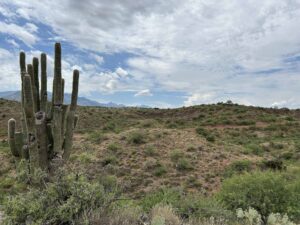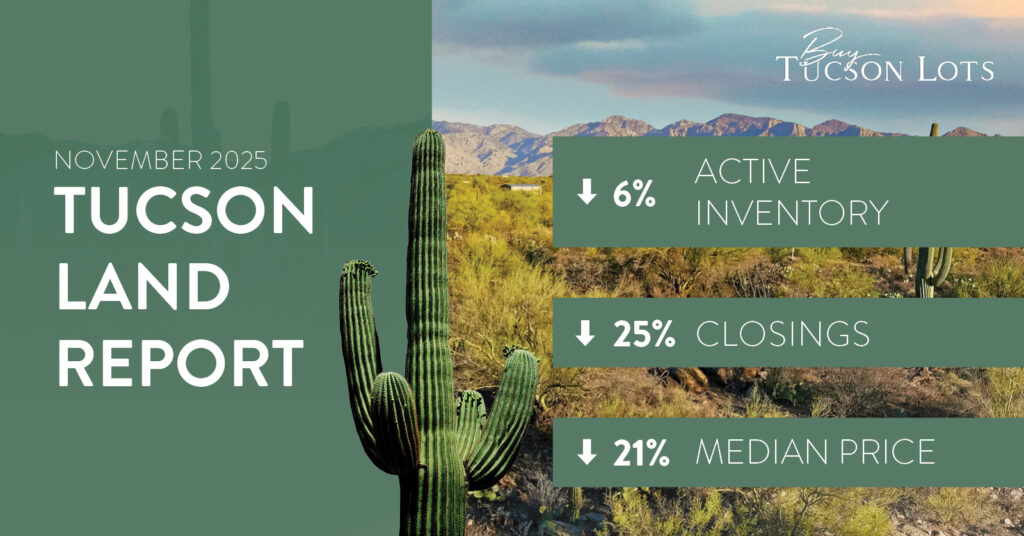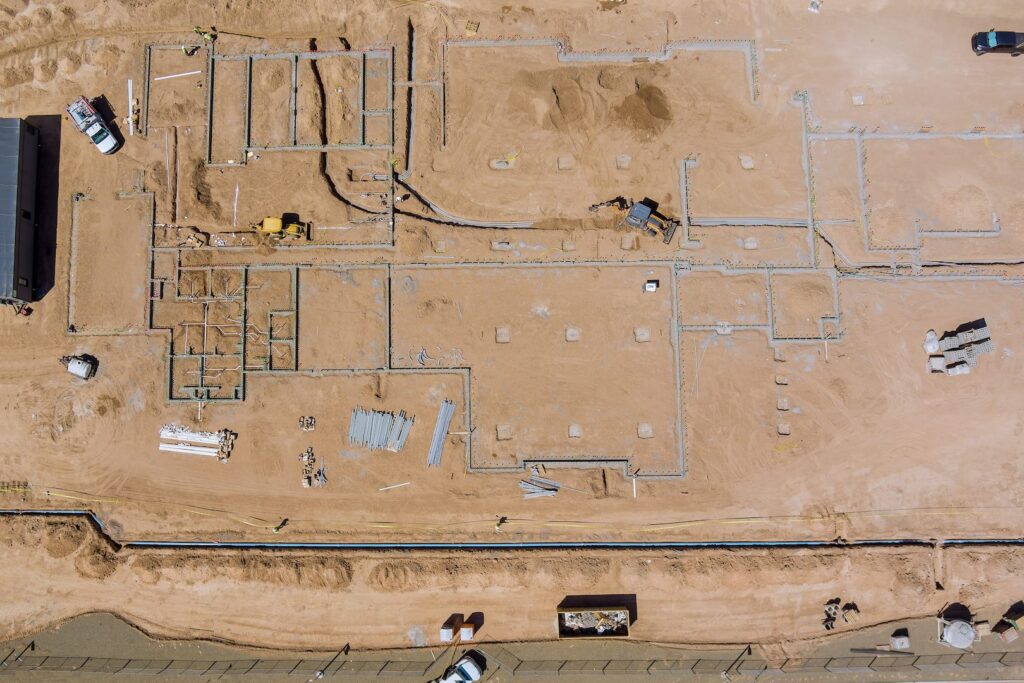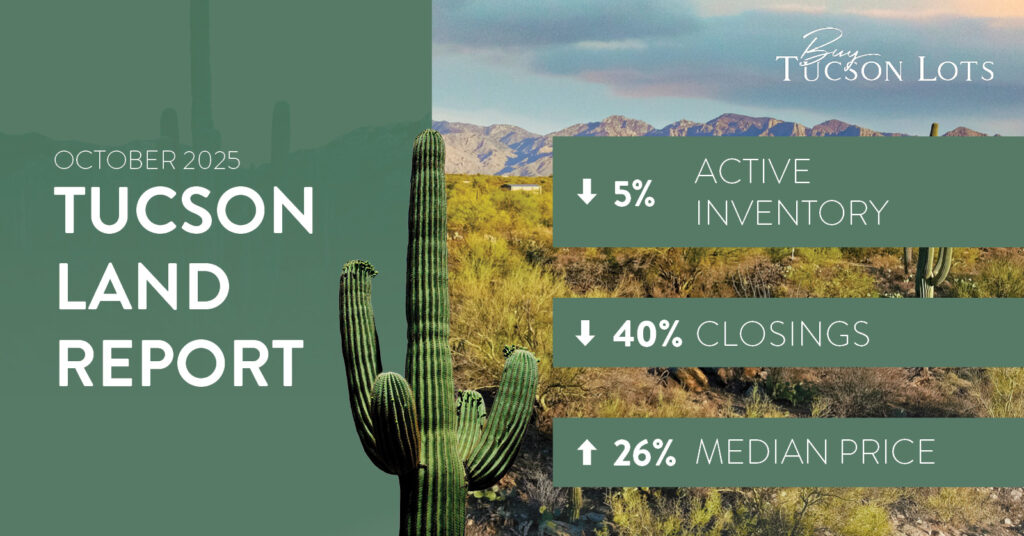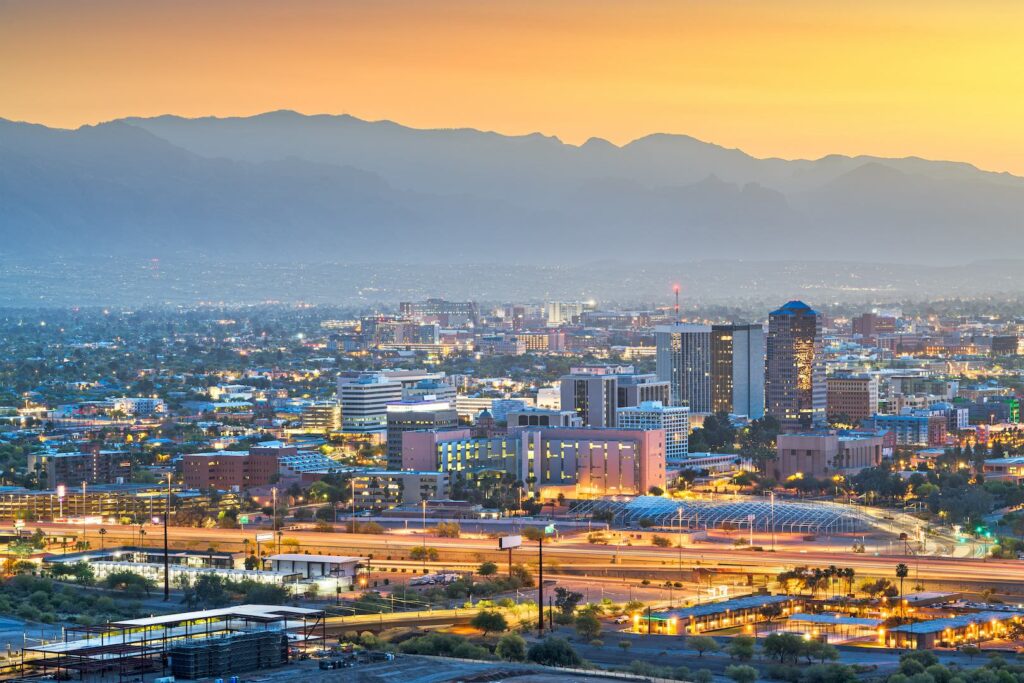Desert gardening takes a different type of green thumb. After all, desert conditions consist of low water availability, low-nutrient soil, and exceptionally high temperatures. Despite the desert’s inadequate environment for growing most plants, places such as Arizona contain a lush diversity of flora acclimated to the climate. So, while an Arizona garden may not contain the garden staples you’re used to, there are so many vibrant plants to bring your outdoor space to life.
Strengthen your soil
The hard, compacted, and nutrient-deficient nature of desert soil inhibits most non-native plants from producing. Typically, garden plants grow best in neutral or slightly acidic soil at a pH of seven or lower, whereas desert soil ranks closer to a pH of eight or higher.
a. Unless you are growing native plants, desert soil will not support your garden’s growth. With a few adjustments, you can enrich your soil to create a vibrant, blossoming garden.
b. Adjusting soil pH: Plants in the desert cannot properly take up nutrients unless the acid or alkaline levels are in the ideal range. To lower the pH of your soil, add sulfur. You can find out how much sulfur your garden needs using this online calculator https://garden.org/nga/calculators/index.php?type=sulfur.
c. Adjusting the soil texture: Soil texture helps roots take up moisture and air. To improve the quality of soil texture, add compost or organic matter. Kitchen scraps, grass clippings, and manure are examples of organic matter used to build up nutrients in the soil. The more you add, the better your soil will become.
Plant during the right season
Knowing which season is best to grow certain plants can minimize your spending and keep your plants from withering. Arizona gardeners utilize three seasons: the cool season, warm season, and monsoon season. Cool-season plants grow from September to March, warm-season plants grow from February to May, and monsoon-season plants begin with the increased rain and humidity of July or August.
Typically, plants do not produce well during the summer months due to lack of water, pollen dry-up, and greater potential of scorching. With a great water system and heat-tolerant plants, you can grow in the summer. If you want to plant trees or shrubs, they perform best in the cool season because the soil is still warm enough to promote new root growth. Knowing when to plant will increase your chances of success.
You can use this planting calendar to determine which season to plant different vegetables: https://www.ufseeds.com/arizona-vegetable-planting-calendar.html
You can use this planting calendar to determine which season to plant different flowers:
https://growinginthegarden.com/arizona-annual-flowers-visual-guide/
Choose the right plants for your zone
Finding plants compatible with your zone is crucial for growth and overall prosperity. For example, growing certain native plants in your garden will encourage native fauna to visit — formulating an ecosystem in your own backyard. It’s also important to choose a type of plant according to your living area, like planting zone, altitude, and other factors. Placing plants correctly will ultimately save you time and money.
Refer to this planting guide for more on which species of flora is best to plant in your zone: https://www.aztrees.org/How-to-Plant-Map-&-Zones.
Protect your garden from harm
As you read, many plants in the desert fail to produce because of high winds, lack of water, and heat stress. For your garden to produce, you will need to nurture it with the utmost care and responsibility.
Maintaining plant shade prevents plants from scorching. Shading should allow room for the plants to breathe and absorb sunlight. The south and west-facing areas of your yard may need more shading than other areas due to their direct placement of sunlight.
Moreover, water your plants regularly. Keep in mind that you are watering your plants to keep them alive, not to make them grow quickly. Water in the morning before the sun rises to avoid heat stress and water when the root soil begins to dry out. Avoid watering in small amounts because this will only encourage moisture loss and the plants will not build up any drought resilience.
You can get the best out of your desert garden with the right land, tools, and care.
Are you ready to start looking for an ideal lot of land for your dream home? Reach out to me, Rick Sack, today at rick@buytucsonlots.com or 520-918-5477 to discover the best land for your future home and garden!
Sources:
https://www.gardeningknowhow.com/special/spaces/desert-garden-ideas.htm#:~:text=Desert%20Garden%20Tips,-Lawns%20are%20not&text=Replace%20traditional%20grass%20with%20drought,to%20catch%20water%20for%20irrigation.
https://www.thespruce.com/making-good-soil-out-of-bad-1402428



